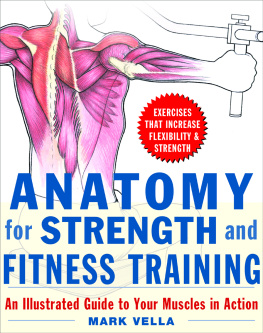Leigh Brandon - Anatomy : for strength and fitness training for speed and sport
Here you can read online Leigh Brandon - Anatomy : for strength and fitness training for speed and sport full text of the book (entire story) in english for free. Download pdf and epub, get meaning, cover and reviews about this ebook. year: 2010, publisher: New Holland, genre: Children. Description of the work, (preface) as well as reviews are available. Best literature library LitArk.com created for fans of good reading and offers a wide selection of genres:
Romance novel
Science fiction
Adventure
Detective
Science
History
Home and family
Prose
Art
Politics
Computer
Non-fiction
Religion
Business
Children
Humor
Choose a favorite category and find really read worthwhile books. Enjoy immersion in the world of imagination, feel the emotions of the characters or learn something new for yourself, make an fascinating discovery.
- Book:Anatomy : for strength and fitness training for speed and sport
- Author:
- Publisher:New Holland
- Genre:
- Year:2010
- Rating:4 / 5
- Favourites:Add to favourites
- Your mark:
- 80
- 1
- 2
- 3
- 4
- 5
Anatomy : for strength and fitness training for speed and sport: summary, description and annotation
We offer to read an annotation, description, summary or preface (depends on what the author of the book "Anatomy : for strength and fitness training for speed and sport" wrote himself). If you haven't found the necessary information about the book — write in the comments, we will try to find it.
Leigh Brandon: author's other books
Who wrote Anatomy : for strength and fitness training for speed and sport? Find out the surname, the name of the author of the book and a list of all author's works by series.
Anatomy : for strength and fitness training for speed and sport — read online for free the complete book (whole text) full work
Below is the text of the book, divided by pages. System saving the place of the last page read, allows you to conveniently read the book "Anatomy : for strength and fitness training for speed and sport" online for free, without having to search again every time where you left off. Put a bookmark, and you can go to the page where you finished reading at any time.
Font size:
Interval:
Bookmark:

There is a how to guide for doing the exercise, as well as a visual and technical exercise analysis of the main muscles that are working. The start or finish position is usually depicted and training tips may be included. Part three helps you to understand how you might put these exercises together into a programme over a season to achieve optimal speed and performance. The adult human body has 639 muscles and 206 bones; this book illustrates approximately 92 muscles involved in movement and stabilization. Many smaller muscles, including the deep, small muscles of the spine and jaw and most muscles of the hands and feet are not given specific attention, in order not to confuse the reader. This book has been designed to help you to improve your speed in your chosen sport.
Before introducing speed training, the body has to be prepared to handle the loads or stress put on the body during such training. Therefore, it is advised that the sections are completed in the following order: 1. Primal Pattern Movement beginner exercises2. Primal Pattern Movement intermediate exercises3. Primal Pattern Movement advanced exercises4. Maximal strength training5.
Power training6. Speed/agility/plyometric drills The length of time spent in each phase is dependent on your level of training experience. The more experience you have in training and the stronger you are, the less amount of time you need to spend in each phase. It is advised that you should have one to two years of resistance training before commencing maximal strength training. Many of the exercises have a degree of risk of injury if done without adequate instruction and supervision. We recommend that you have a thorough assessment with a certified strength and conditioning coach, C.H.E.K practitioner or personal trainer before undertaking any of the exercises, and that you seek qualified instruction if you are a complete beginner.
This book does not constitute medical advice and the author and publisher cannot be held liable for any loss, injury or inconvenience sustained by anyone using this book or the information contained in it. 
Most anatomical terms only contain two parts: either a prefix and a root or a root and a suffix. For example, if you take the terms subscapular and suprascapular, the root is scapula, commonly known as the shoulder blade. Supra means above, hence suprascapula means something above the shoulder blade and sub means below indicating in this instance something below the shoulder blade. Common prefixes, suffixes and roots of anatomical terms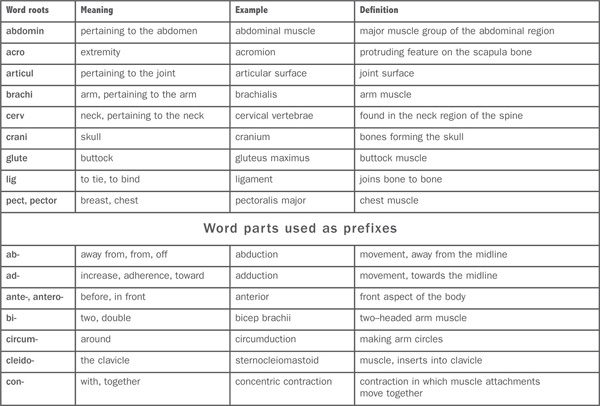
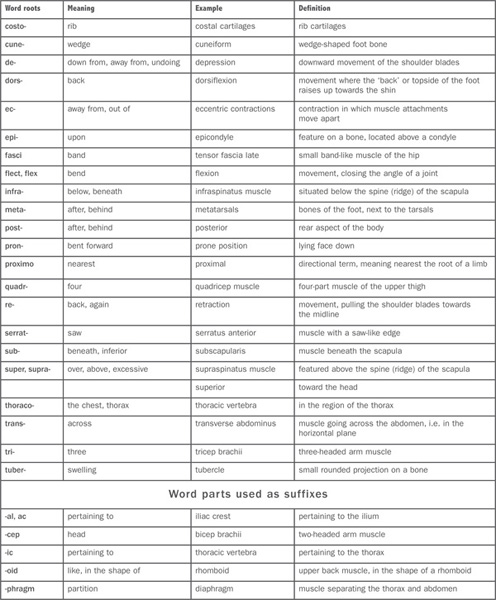
The other systems are the cardiovascular, lymphatic, nervous, endocrine, integumentary, respiratory, digestive, urinary, immune and reproductive systems.
The skeletal system includes the tendons that attach muscle to bone, as well as the connective tissue that surrounds the muscle tissue which is called fascia. A human male weighing 70 kg (154 lbs) has approximately 2535 kg (5577 lbs) of skeletal muscle.
The insertion is the point of attachment that is distal (furthest from the root of a limb) or furthest from the midline or centre of the body. The insertion is usually the most moveable part, and can be drawn towards the origin. Knowing the origin and insertion of a muscle, which joint or joints the muscle crosses and what movement is caused at that joint/joints is a key element of exercise analysis. There are typical features on all bones that act as convenient attachment points for the muscles. A description of typical bone features is given in the table on page 13. 


Font size:
Interval:
Bookmark:
Similar books «Anatomy : for strength and fitness training for speed and sport»
Look at similar books to Anatomy : for strength and fitness training for speed and sport. We have selected literature similar in name and meaning in the hope of providing readers with more options to find new, interesting, not yet read works.
Discussion, reviews of the book Anatomy : for strength and fitness training for speed and sport and just readers' own opinions. Leave your comments, write what you think about the work, its meaning or the main characters. Specify what exactly you liked and what you didn't like, and why you think so.

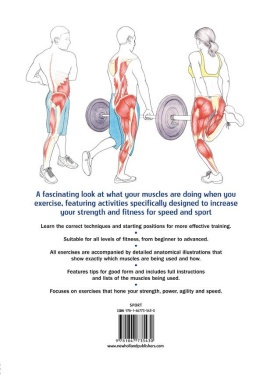
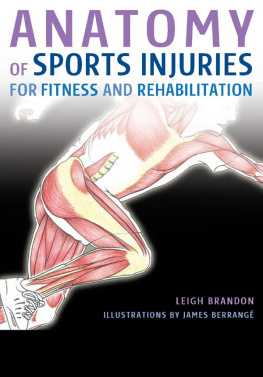

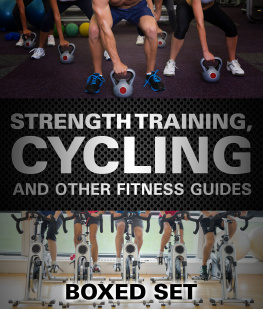
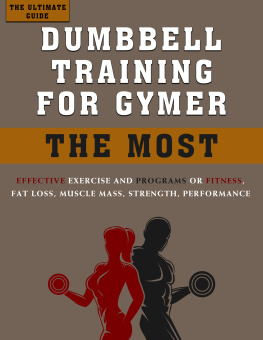

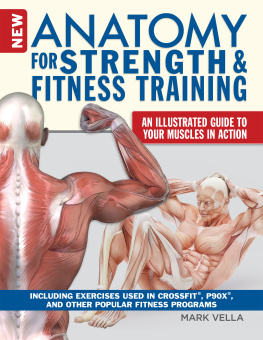
![Cotter - Kettlebell training: [95 exercises for strength, toning, stamina, and weight loss]](/uploads/posts/book/196732/thumbs/cotter-kettlebell-training-95-exercises-for.jpg)
